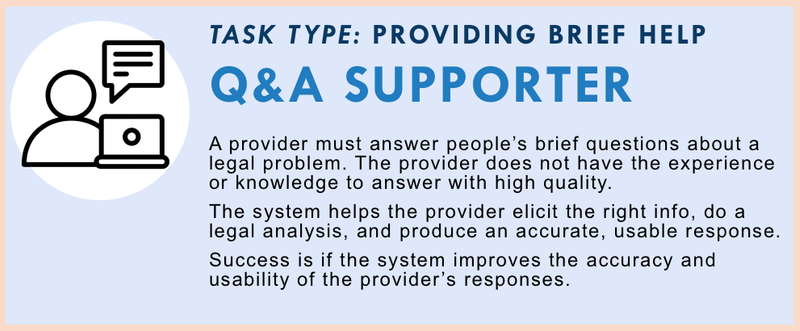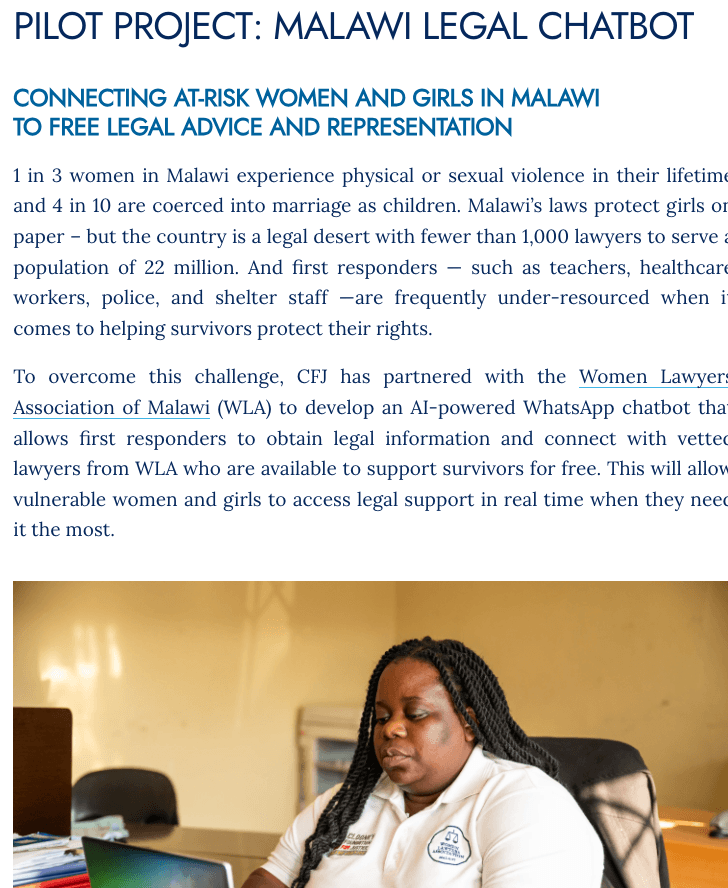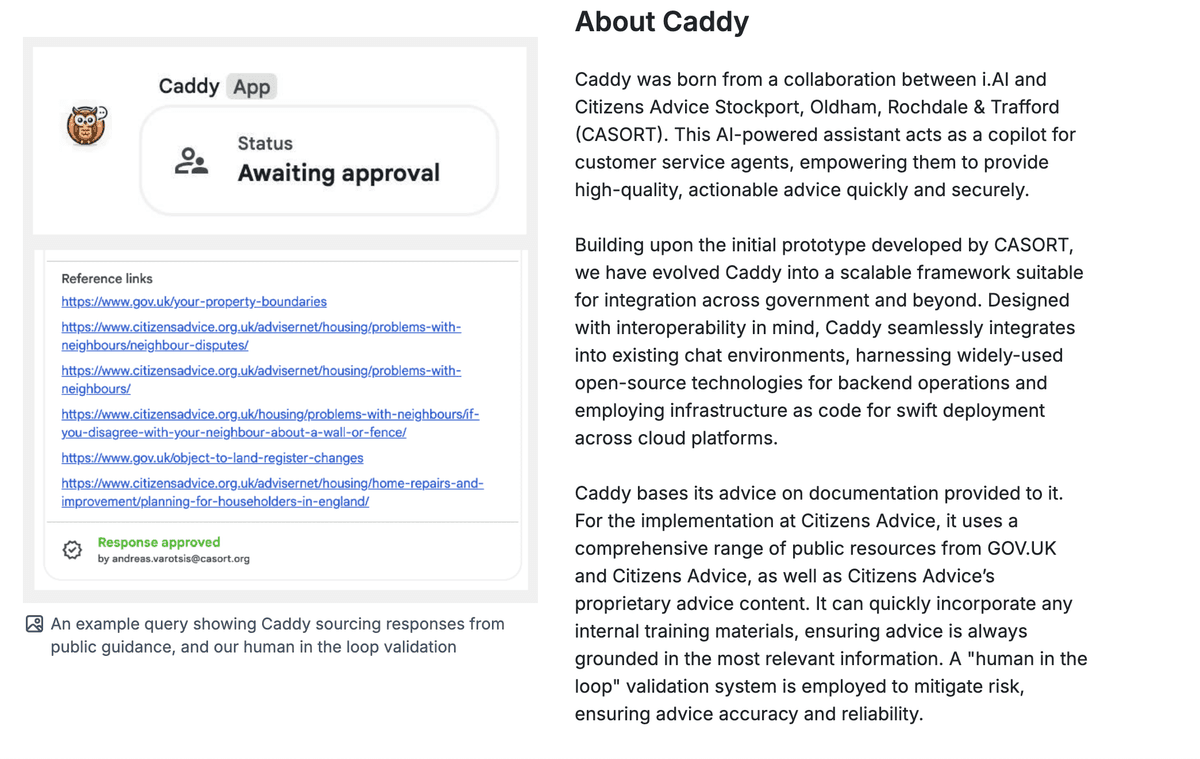Q+A Supporter

Help providers give better answers by supporting them with smart prompts, legal knowledge, and clear, supportive language.
Task Description
Many people come to legal help organizations, court help centers, or community navigators with urgent, brief legal questions—about notices they’ve received, steps they need to take, or what their rights are. Often, the first person they talk to is not a lawyer, but a frontline staff member, volunteer, or navigator with limited legal training.
This task focuses on an AI co-pilot that supports these non-attorney providers in answering brief legal questions more effectively. The system helps elicit the right information from the person seeking help, suggests what legal issue might be involved, and proposes accurate, usable responses for the provider to review and deliver. It acts like a smart mentor or assistant—not replacing human interaction, but improving its quality.
The system understands that these are high-stakes interactions. It avoids legalese, shows where nuance or risk is present, and flags when a question is too complex or dangerous for non-attorney staff to handle alone. It’s especially useful in walk-in centers, chat support lines, or online Q&A forums where users may ask vague or incomplete questions and time is limited.
For organizations, this tool increases consistency, reduces training burdens, and supports frontline workers in providing reliable help. It also helps build trust and improves the user experience by producing clearer, more actionable guidance.
Success means that the system helps providers give answers that are more accurate, more understandable, and more aligned with legal standards—even when the provider is not a lawyer.
How to Measure Quality?
⚖️ Accuracy of Legal Content
- Proposed responses correctly reflect local laws, processes, and deadlines
- Complex questions are flagged and routed appropriately
- Incorrect or risky statements are suppressed or edited before use
📚 Issue Spotting and Information Gathering
- Helps the provider identify the legal issue from incomplete or vague user input
- Suggests follow-up questions or clarifying prompts
- Produces a structured summary of the user’s legal situation
✍️ Usability and Clarity of the Answer
- Uses plain language appropriate to the person seeking help
- Breaks down legal steps into clear, actionable parts
- Flags if a more specific or localized guide can be linked or referenced
🧭 Provider Support and Transparency
- Makes it clear why it suggests certain answers or follow-up questions
- Offers confidence levels or indicators for review
- Logs how suggestions are used, edited, or rejected by the provider
⏱️ Efficiency
- Reduces time spent formulating responses or researching background
- Integrates smoothly into provider’s workflow or platform (e.g., CMS, live chat)
- Avoids overloading the provider with unnecessary legal context
🛑 Guardrails and Escalation
- Identifies when a question should not be answered by a non-attorney
- Warns about high-risk topics like criminal, immigration, or custody issues
- Suggests escalation paths (e.g., refer to lawyer, show disclaimers)
Related Projects

Malawi Legal Chatbot
A WhatsApp chatbot that gives first responders vetted legal information and connects at-risk women and girls to volunteer lawyers for free support.

Caddy Q&A copilot
Caddy is an AI co-pilot developed by Citizens Advice in England to support legal advisers, helping them deliver faster, supervised answers with trusted information.